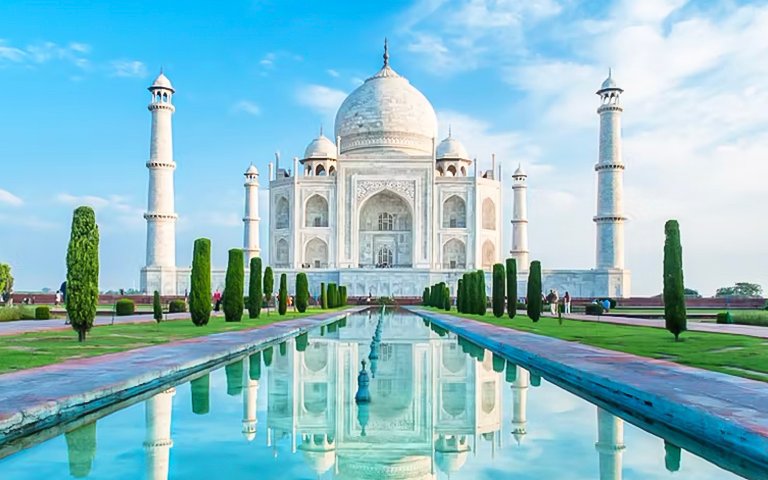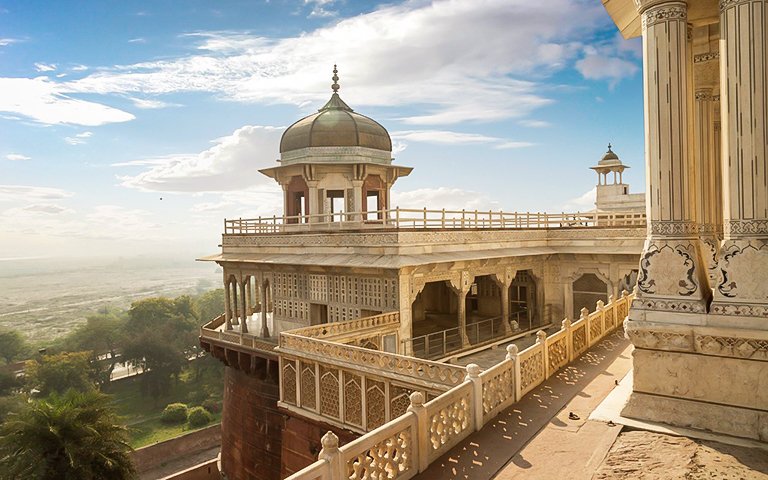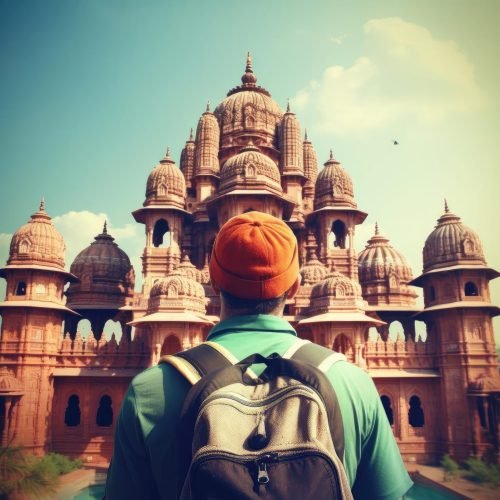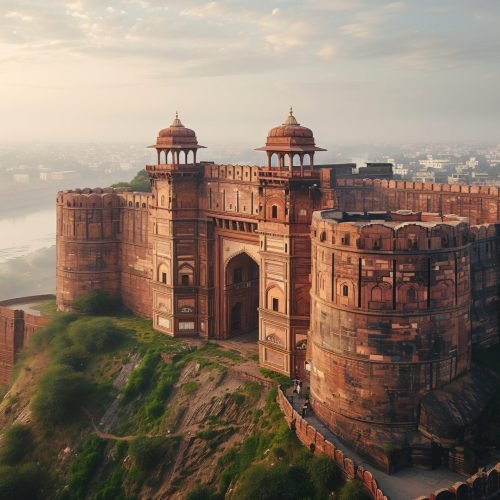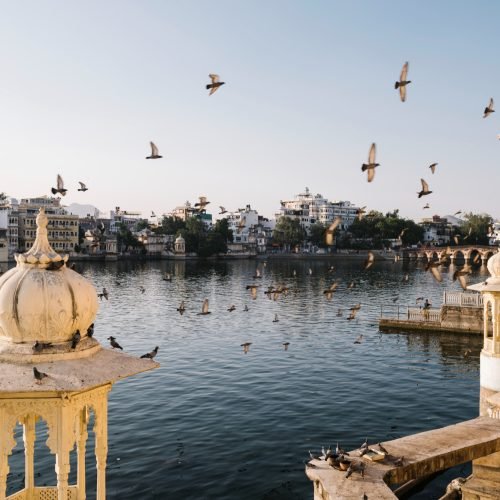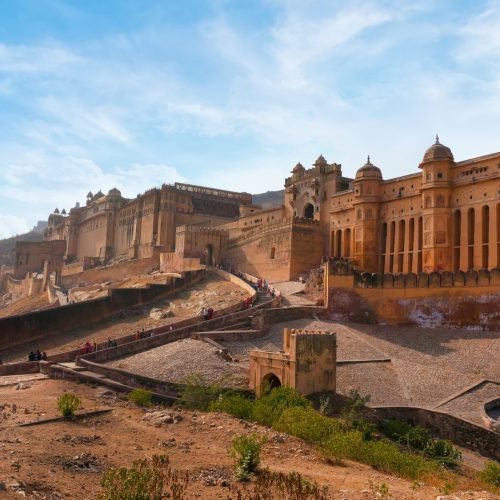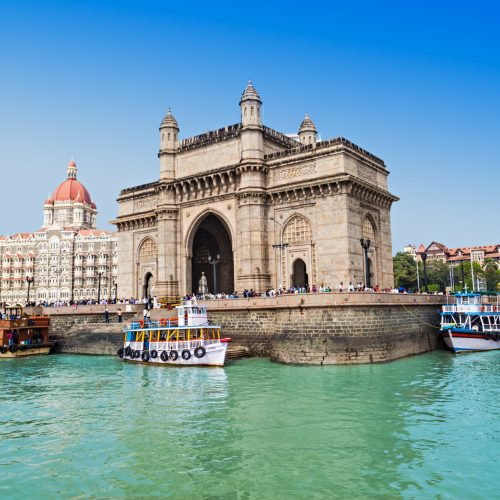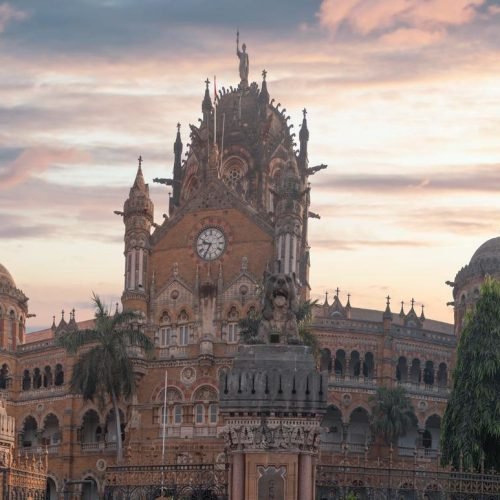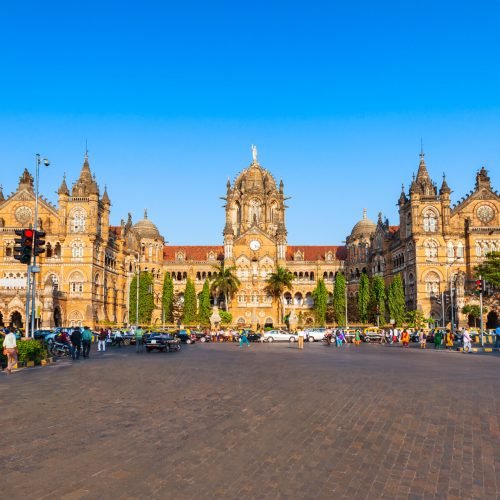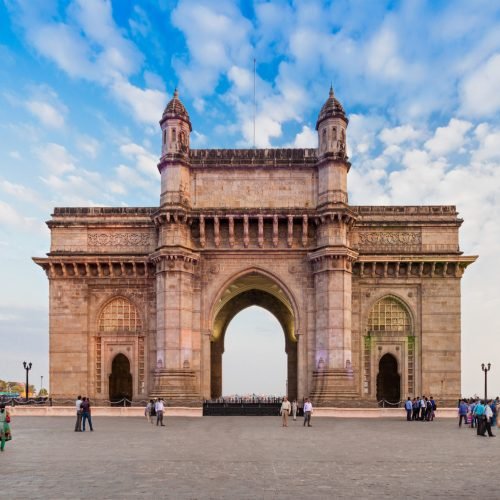Agra, a city steeped in history and culture, is a treasure trove of architectural marvels and a testament to India's rich heritage. It's not just a destination; it's a journey back in time to the era of the Mughal Empire. The city's most iconic symbol, the Taj Mahal, stands as a timeless monument to love, drawing visitors from every corner of the globe with its ethereal beauty.
But Agra is more than just the Taj Mahal. It's a living museum where every street tells a story, and every monument is a chapter in the grand narrative of India's past. The Agra Fort, with its imposing walls and palatial halls, whispers tales of valor and intrigue. The Tomb of Itimad-ud-Daulah, known as the Baby Taj, showcases the evolution of Mughal architecture with its intricate marble work and delicate inlay.
For students on an educational tour, Agra is a classroom without walls. It offers a unique opportunity to learn about history, art, and culture in the most engaging way possible. Walking through the gates of the Taj Mahal, they can marvel at the symmetry and precision that went into its construction, understanding the significance of this UNESCO World Heritage Site in the context of world history.
Agra is also a city of vibrant bazaars, where the air is filled with the aroma of spices and the sound of bustling commerce. Here, students can experience the local way of life, interact with artisans who continue to practice traditional crafts, and gain insights into the economic and social fabric of the region.
In essence, Agra is a city that educates, inspires, and moves. It's a place where the past and present converge, offering a profound learning experience that goes beyond textbooks. For students, it's a chance to touch history, to see with their own eyes the wonders they've read about, and to carry back with them memories that will last a lifetime.

